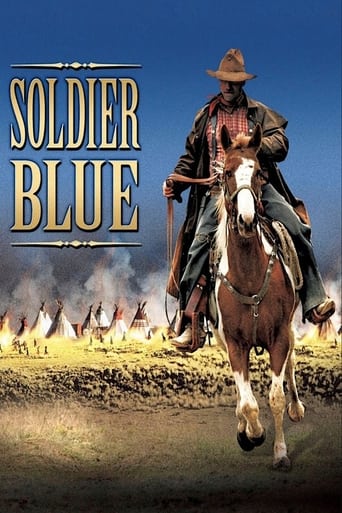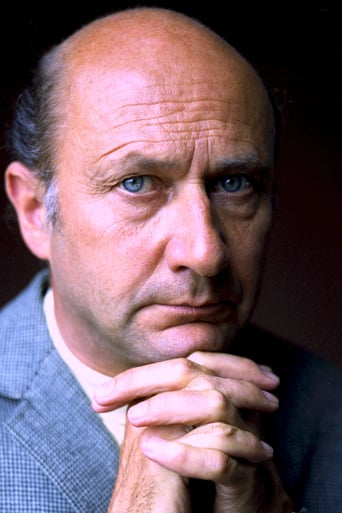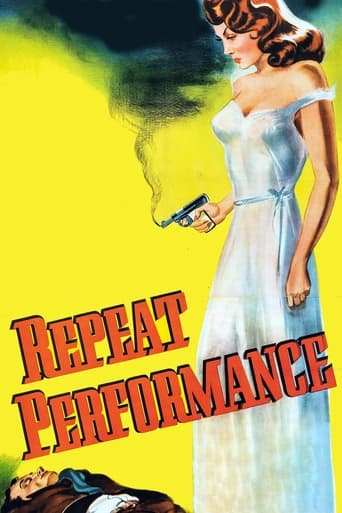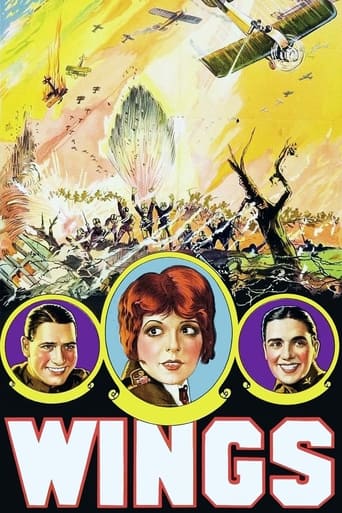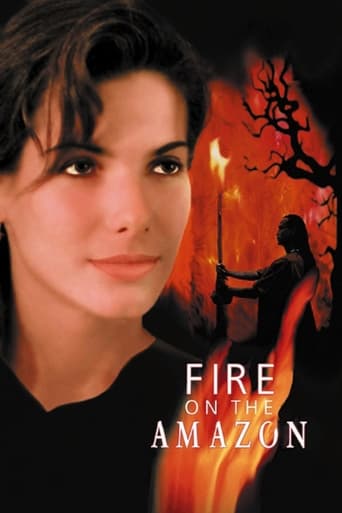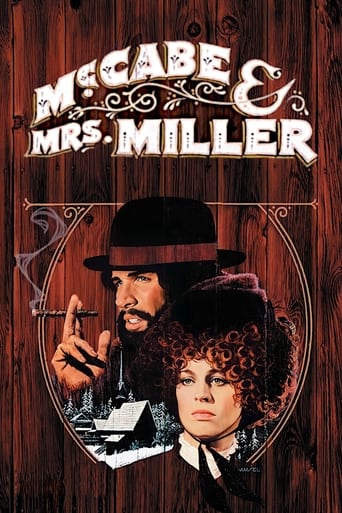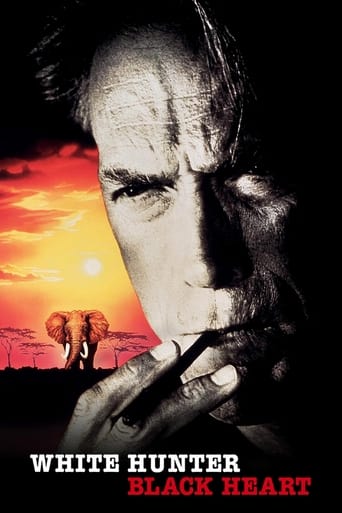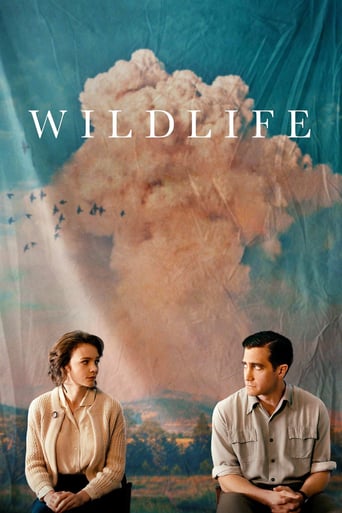Soldier Blue (1970)
After a cavalry group is massacred by the Cheyenne, only two survivors remain: Honus, a naive private devoted to his duty, and Cresta, a young woman who had lived with the Cheyenne two years and whose sympathies lie more with them than with the US government. Together, they must try to reach the cavalry's main base camp. As they travel onward, Honus is torn between his growing affection for Cresta.
Watch Trailer
Free Trial Channels
Cast


Similar titles
Reviews
Am i the only one who thinks........Average?
The film creates a perfect balance between action and depth of basic needs, in the midst of an infertile atmosphere.
Let me be very fair here, this is not the best movie in my opinion. But, this movie is fun, it has purpose and is very enjoyable to watch.
Mostly, the movie is committed to the value of a good time.
Soldier Blue (1970)Make no mistake, this is no masterpiece. But it reveals a lot about movies of the period, and about attitudes toward Native Americans and the Wild West. It's not terrible, and in some ways it's so disturbing by the end it makes a rare point. If you like these themes, and can tolerate some awkward and awful social politics you'll get something from it.The whole movie begins with the acting of television (and the director, Ralph Nelson, is mainly a television guy) but it's completely widescreen, bright color, cinema stuff, and it grows into that over time. The star is a surprise, in a way, Candice Bergen, still alive and well and acting fifty years after her debut a few years before this movie. She's known for a range of roles, from a secondary role in "Carnal Knowledge" to the defining "Murphy Brown" for t.v. She plays a tough woman, smarter and stronger than the man she is forced to go through the wilderness with after surviving an Indian attack. And she's way more contemporary than you might expect from other sources and movies of the same period.To be sure, this is a comedy overall. This relieves it of a lot of criticism about its unrealistic tone and pace. But this comic element is layered with a brutality and frankly honest depiction of the time that is valuable. And the way it is filmed, with lots of long lens shots from a far distance zooming in on the main characters, is interesting, too. In all, it's a better film in the details than in the overall effect.If Bergen is kind of wonderful (even if her role is anachronistic), the male lead played by Peter Strauss is strained. He tries to be charming and yet comes off goofy. Yes, this is a comedy, but he lacks some kind of depth that we need to go along with his silliness. Ultimately this is a lighthearted movie, but it also has a surprisingly serious edge which takes two angles. One is the way we see Native Americans. Bergen's open sympathy is clearly where we are meant to side, and it is pitted against the brutality and narrow-mindedness of the calvary.The other is the military aspects, which seem to be a reflection on the U.S. military of the time, 1970—which means Vietnam. The senselessness of the killing and the blind military attitudes seem, at least on the surface, to parallel popular attitudes against American involvement in the Vietnam War. It was common at the time (as now) to use movies to speak to contemporary themes this way. Near the end, the flag is thrown to the ground in disgust and there is a long, truly brutal, and frankly disturbing battle scene.This is not, perhaps, a deeply thought out movie, but there's more going on here than its slim reputation lets on. In a way, the light silliness of the first hour and a half makes the ending all the more horrifying and memorable. Highly disturbing to the point of almost seeming abusive. This is where the freedoms of New Hollywood are trying to still find their footing.See this and be prepared for the last scenes, including the oddly cheerful minute or two before the epilog. Figure it out, maybe, but at least experience it openly.
One of several westerns in the '60s and '70s that dramatized the injustices and atrocities committed against the Cheyenne, often by much superior US military forces. Other notable films include the more humorous, if nearly as bloody, "Little Big Man", and John Ford's previous epic "Cheyenne Autumn". Whereas Ford's film ends on an optimistic note for both the Cheyenne and their European advocates, these 2 later films, released during the height of the Vietnam War, are pessimistic, regarding both the Cheyenne and their European advocates. This film is notable for its shockingly graphic portrayal of the Sand Creek massacre. However, it takes a one-sided view of Cheyenne-European conflict.This story is an all around tragedy, perhaps meant to mirror the common perception of the time that the war in Vietnam was an unnecessary tragedy for many. Not only is a peaceful Cheyenne village, mostly consisting of women and children, savagely wiped out, the romantic couple we have been following for most of the film are left in a state of limbo. Cresta, confused about her identity as either a captured Cheyenne wife or a repatriated European, is left being escorted, along with Cheyenne survivors, by the cavalry. Meanwhile, Honus, the once duty-bound cavalry private whom she has turned into a protester of his commanding officer's annihilation policy, is chained to a cavalry supply wagon, being taken home for court- martialling.As pointed out by another reviewer, this film is based on a blend of Olsen's fictional writing "Arrow in this Sun", and the historic massacre. Unfortunately, the screen writer didn't adjust the historic timing of the novel-based portion to fit the historical timing of the massacre, which occurred in 1864, during the Civil War. Two clues indicate that this story supposedly takes place in '77. Honus tells Cresta that his father was killed a year ago in Custer's Last Stand, which occurred in '76. Also, the US flag that the Cheyenne village displayed has 38 stars, correct for '76, but 3 more than in '64. This discrepancy could have easily been eliminated.The actual massacre was perpetrated by Colorado Territory militia, responding to demands to do something to stop the depredations the militaristic wing of the Cheyenne, called dog soldiers(featured in part of Ford's "She Wore a Yellow Ribbon"). Instead, Colonel Chivington attacked a vulnerable, easily located, peaceful Cheyenne village, despite their raising of the American flag and a white flag of truce, as dramatized in the film. Instead of Colorado militia, regular US cavalry are portrayed(They should have been fighting Johnny Reb!), and Chivington's name was altered to Iverson. In addition to depredations on the European civilian population, Iverson justifies his action as retaliation for the slaughter of the payroll wagon escort: a fictional complication derived from Olsen's novel(and previously portrayed in "She Wore a Yellow Ribbon"). In the film, Spotted Wolf is characterized as both leading the attack on the payroll wagon to obtain money to buy rifles, and later deciding on a peaceful surrender to the cavalry, since the rifles we was expecting were discovered and destroyed by Honus. Total fiction.As in several other films dealing with European captives of 'Indians', Cresta has a severe identity crisis. Should she try to resume her recent life as a wife of Chief Spotted Wolf, or consummate her long interrupted romance with horny Lt. McNair, stationed at Fort Reunion, or take up with seemingly unpromising, but gentlemanly, private Honus, with whom she is presently stranded? This sassy foul-mouthed former NYC orphan seems willing to take advantage of whatever opportunity seems most promising. In the end, all 3 of these options are obsolete.Cresta's time spent with the Cheyenne has made her a savvy survivor in this plains wilderness. Honus, in contrast, seems not very savvy about surviving here on his own, as well as reluctant to kill 'Indians'. This creates periodic humor and conflict. When they are discovered by a detachment of Pawnees, she tells Honus he must wrestle with the chief, to have a chance of saving their lives. Honus gets the better of the chief, but is afraid to kill him, which the chief's companions do, since he has shamed his tribe in not defeating Honus. Against Cresta's wishes, he torches the rifles destined for the Cheyenne, illegally peddled by loner Q. Cumber. Later, Honus regrets this decision when he learns of Iverson's plan to destroy the Cheyenne village Cresta has run to. Cumber holds them hostage until they manage to escape and hide in a cave, where Cresta tends Honus's gunshot wound from Cumber. .. They gradually warm up to each other during these trials, until Cresta decides to go it alone to Ft. Reunion to get help for Honus. Cresta is chagrinned that Iverson refuses to allow just a couple of his 700 man force to help retrieve Honus. Thus, she steals a horse and rides to the Cheyenne village to warn them of the impending attack. Meanwhile , Honus wanders from the cave and, serendipitously, discovers a stray domesticated horse(Cumber's?), to get him back into the action, just before the attack on the Cheyenne.
I first saw Soldier Blue some thirty five years ago, in a cheap exploitation theatre, and i was perhaps as shocked as the makers intended. I have distinct memories of leaving the theatre with an unpleasant taste in my mouth. Here was a film that not only didn't fear the displaying of extreme graphic violence, but indeed used it to the point of being exploitative.Perhaps some of the musical score, or the paralels with the Vietnam war are now dated, but generally it remains a powerful film that also makes you think.It is at this point that i must diverge with the great majority of the reviews here. Sometimes it seems like i have watched an entirely different film, for the film shows bluntly and brutally that the Native Americans were also capable of massacres or gang rapes, for instance. Not that it justifies genocide, but it is true nevertheless. They are not portrayed as the noble savages, that most people now like to consider them.Take the case of the Comanches, for instance. They came to the Southern plains from the north, and displaced and almost completely exterminated the plains Apaches. For two hundred years they raided Northern Mexico, and committed genocide over the population. The point is that seeing Native Americans merely as victims does not respect the historical truth. A film such as this one can make people see the bigger picture, and stop trying to rewrite History.
Soldier Blue is a rather odd film. It's a mixture of a war film and a western; it's a film about war, but instead of focusing on the war, we focus on just two characters and their conflicting ideologies and despite it's reputation for having a high shock value, most of it actually plays out like something you might see in one of those westerns/war flicks that gets played on TV on a Sunday afternoon. This is a well made film, but for all the conflicting elements; I'm not surprised that the film has been banished into obscurity. The film takes place during the American civil war and focuses on the war between the US Army and the native Indians. At the start of the film, we witness a US cavalry group get slaughtered by Indians, leaving only the naive private Honus and a world-weary young girl named Cresta alive. Despite their differences, the pair band together to try and reach a US fortress where they will be safe and in the process develop an understanding. We follow the two of them as they make their way through the Wild West...Soldier Blue is actually a really clever film and packs a hell of a lot more of a punch than many other anti-war movies out there. The majority of the film focuses on the two central characters and everything feels rather light-hearted. We get to know the pair of them and watch them squabble and it's all rather fun and amusing to watch. The anti-war ideology comes through by way of the character of Cresta; an anti-American native Indian sympathiser whose beliefs are the direct opposite of the young soldier she is travelling with. She makes good points throughout, but director Ralph Nelson never shoves anything down the audience's throats; it's not until the end that the real point of the movie comes through, and while the violence is strong (this film features one of the greatest beheading sequences ever filmed!), it's point is clearly defined and the anti-war message is so much more potent than it would have been if the idea was enforced with a sledge hammer. The film is excellently produced and acted, with Candice Bergen thoroughly convincing in the lead role and getting good support from Peter Strauss; and the film also features a memorable role for the great Donald Pleasance. Overall, this is a bizarre movie but it is one that is definitely worth seeing and while the climax may be too strong for some, it's hard to deny its power. Highly recommended viewing!

